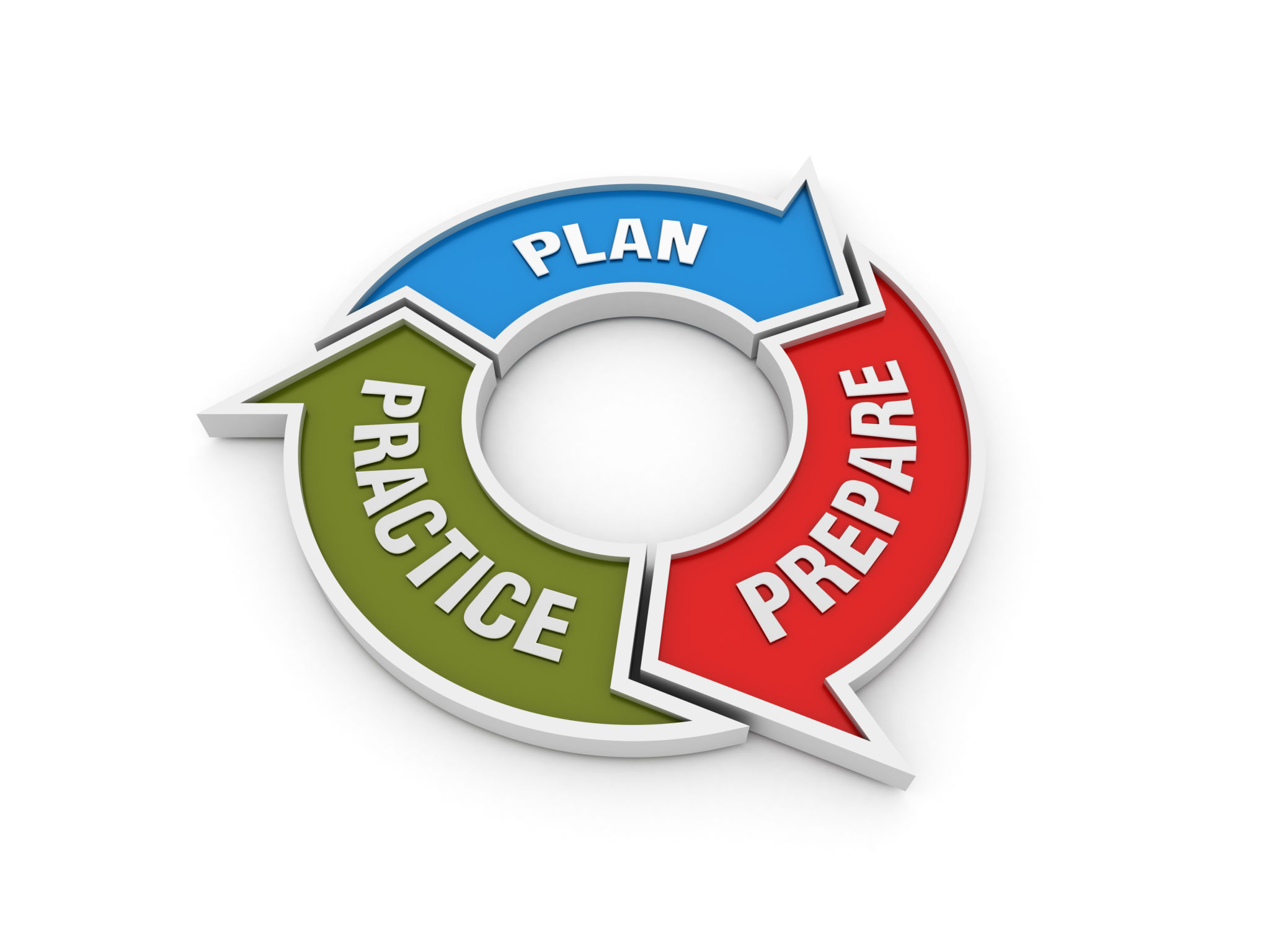3. Mastering Turnaround Planning: Blueprint for Success
A successful Turnaround (TAR) is built on the foundation of meticulous planning. With large-scale projects like TARs, every aspect—from scheduling to safety—must be rigorously thought through to avoid costly delays, overruns, or incidents. In fact, poor planning is cited as the leading cause of TAR failures, with studies showing that up to 70% of TAR cost overruns stem from improper planning and scope mismanagement.
No matter where in the world you are conducting a turnaround, effective planning is a necessity. It’s essential to have a clear plan to manage resources, track tasks, and ensure the safety of all involved. In this article, we’ll explore the key elements of TAR planning, discuss current best practices, and emphasize why safety should be integrated into every step.

The Importance of a Detailed Plan
A TAR is a significant undertaking, involving thousands of individual tasks, hundreds of personnel, and millions in cost. As such, planning is a critical component that dictates success. Industry research suggests that a well-planned TAR can reduce the total project duration by 20%, saving millions in operational costs. For example, in the oil and gas sector, reducing a TAR duration by just one day can save upwards of $12.5 million for a refinery processing 250,000 barrels per day at $50 per barrel.
The Work Breakdown Structure (WBS), created in the planning phase, serves as a comprehensive roadmap for executing every task in the turnaround. Each element of the WBS should be broken down into manageable tasks that are assigned specific resources, timelines, and responsible parties. The clearer the plan, the easier it will be to manage and adjust as needed.
Best Practices for TAR Planning
Comprehensive Scheduling:
TAR planning must incorporate a detailed schedule that accounts for every aspect of the project, from Shutdown/Start-Up (SDSU) Logic to individual contractor tasks. Using Primavera P6 or Microsoft Project Professional, planners can visualize the timeline, identifying critical path activities that will determine the overall project duration. Following best practices, the project plan should be updated continually to reflect progress and changes.
Resource Allocation:
Accurate estimation of labor, materials, and equipment is a fundamental part of TAR planning. Ensuring that the right resources are available at the right time can prevent bottlenecks and delays. Bulkwork, such as valve replacements, must be efficiently scheduled and coordinated to avoid downtime. Companies should use S-Curves to track planned vs. actual progress, helping to identify where additional resources might be needed to keep the project on track.

Contractor Management:
TARs often involve multiple contractors working together on-site. Fixed Price Packages or Call-Off Contracts can help manage costs and ensure that contractors are working efficiently. According to best practices, contractors should be selected based on both technical capability and safety performance, with audits performed to ensure readiness before TAR execution.
Scope Control:
Scope creep is a common issue in TARs, often leading to budget overruns and extended timelines. In fact, 30% of TAR projects experience delays due to unplanned work. To avoid this, the Scope of Work (SoW) must be clearly defined and frozen well in advance of the TAR start date. Any new work discovered during the TAR should be handled through contingency planning, with strict controls over budget and timelines.
Safety: The Foundation of Planning
Safety is not just a phase in TAR execution; it must be embedded in every aspect of planning. From Permit to Work (PTW) systems to Job Hazard Analysis (JHA), every task must be assessed for risks, and appropriate safety measures must be in place. A recent study from Occupational Safety and Health Administration (OSHA) found that 60% of TAR incidents could have been prevented with better pre-task safety planning.
For example, before any contractor begins work, Toolbox Talks (TBTs) and site-specific safety briefings should be conducted. Additionally, every team member should be equipped with the necessary Personal Protective Equipment (PPE), and all safety equipment, such as scaffolding or cranes, must be inspected and tagged as applicable before use.
The integration of safety into TAR planning isn’t just about meeting compliance standards—it’s about protecting lives and assets. A well-structured Risk Assessment Matrix (RAM) should be developed early, with hazards identified and mitigated before the work begins. This proactive approach ensures that safety is woven into the fabric of the entire project, not just treated as an afterthought.

Applying Best Practices Globally
Regardless of industry or geography, the principles of TAR planning are universal. Whether managing a refinery in North America or a power plant in Asia, the same methodologies apply. The use of Critical Path Method (CPM) scheduling, clear resource management, and strict scope control is essential for achieving efficiency and safety.
Call to Action
As you prepare for your next TAR, take the time to assess your planning practices. Are you using the best tools available? Are you integrating safety at every level? Have you clearly defined your scope and timeline?
If you’re ready to take your TAR planning to the next level, let’s connect on LinkedIn. Together, we can discuss how to implement global best practices that will help you deliver a safer, faster, and more cost-effective turnaround.
